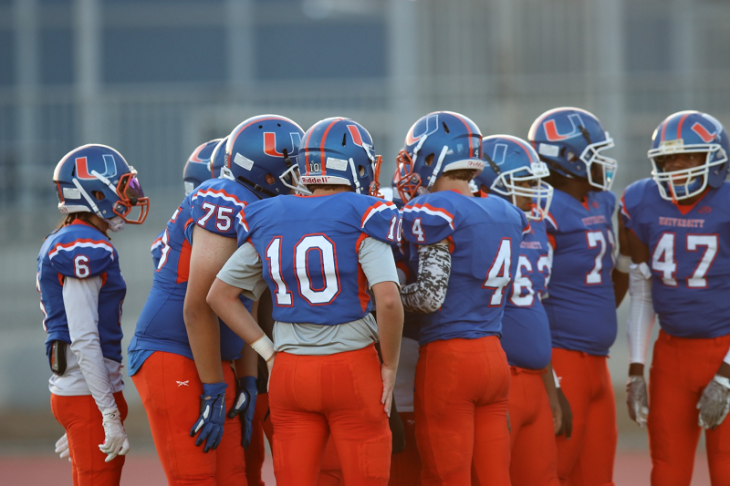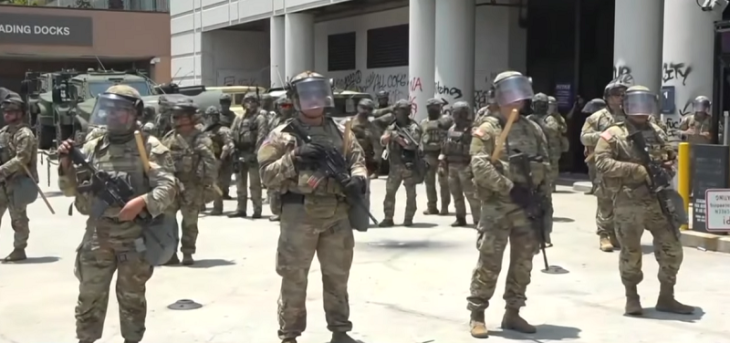Federal officials have expanded their estimate of the number of homes and businesses along the Los Angeles River that could be inundated by a flood north of downtown.
More than 3,000 parcels near the L.A. River could be submerged by an average of 5 to 10 feet of water when a 100-year flood hits, according to a new study by the Army Corps of Engineers, the Los Angeles Times reported.
Residents of Atwater Village and Elysian Valley would be the most affected by such a flood, while parts of Griffith Park, Glendale and Burbank would also see flooding, the study says, according to The Times. The largest predicted flood depth would be 18 feet in Griffith Park.
Property owners with federally backed mortgages will be required to purchase flood insurance, said Army Corps spokesman Jay Field, according to The Times. Those owners can purchase insurance at a reduced rate until the Federal Emergency Management Agency makes the maps official in roughly two years, Field said.
City records show that discrepancies in the size of the flood plain were first identified in 2013 during work on the L.A. River Ecosystem Restoration Feasibility Study, which was done in partnership with the city and Army Corps of Engineers.
The previous flood map estimated 870 city parcels were in the river’s flood plain. The new study shows there are 3,075 affected parcels in Los Angeles and 271 parcels in Glendale and Burbank, The Times reported.
Alfred Mata, deputy city engineer, said residents who live near Ballona Creek in South L.A. are also mandated to buy flood insurance. He added that once the FEMA maps are in effect, developers may face new restrictions such as having to build the first floor at a higher elevation to account for the flood zone.
The Army Corps completed its analysis of the 13-mile stretch of the L.A. River in September.
At a public hearing Monday in Griffith Park, residents expressed frustration over having to purchase insurance when no one could remember a significant flood event, especially during the recent drought. The last major flood in the area was in 1938.






















